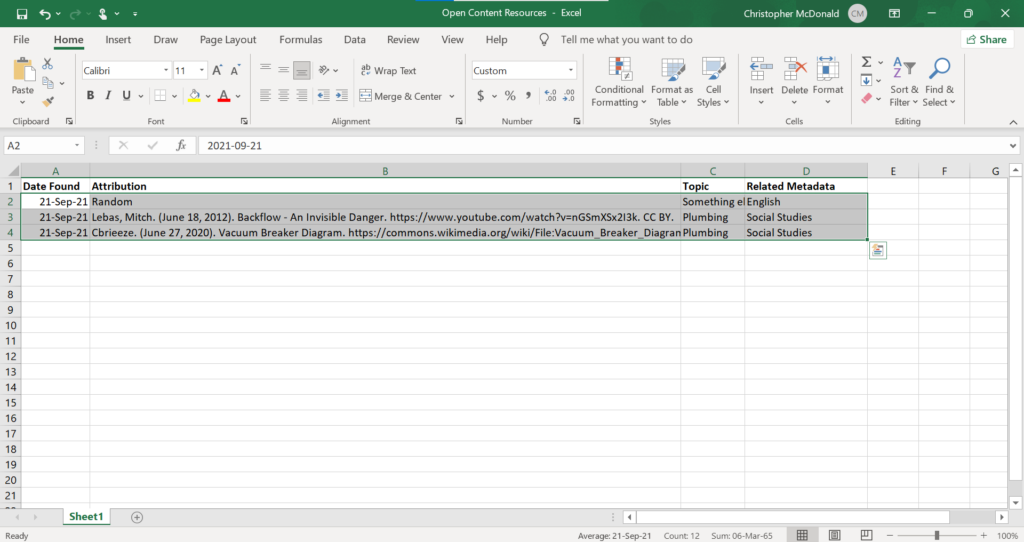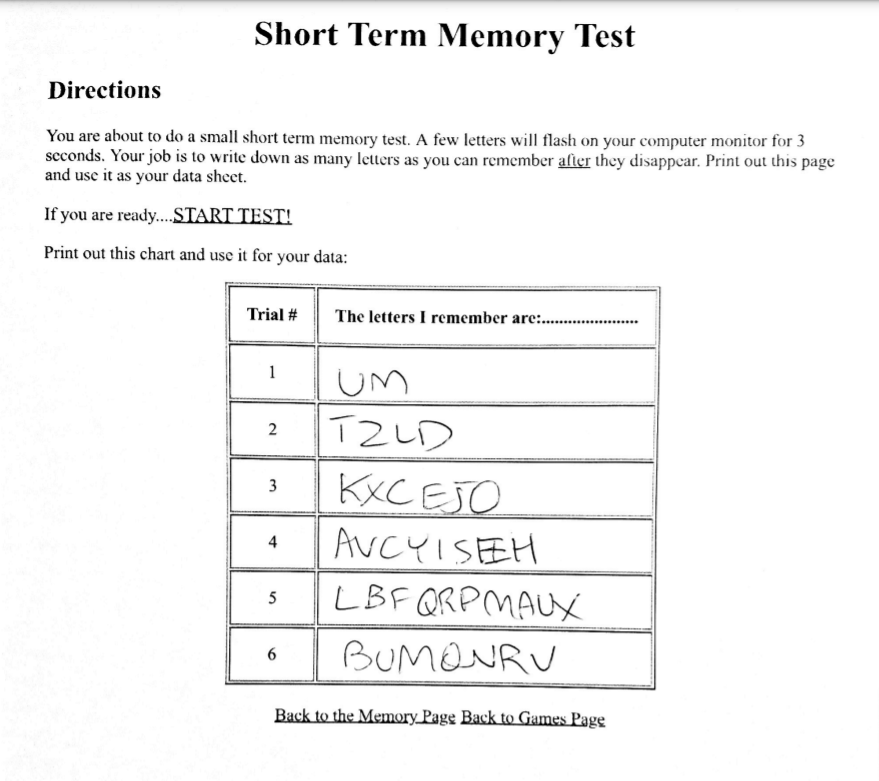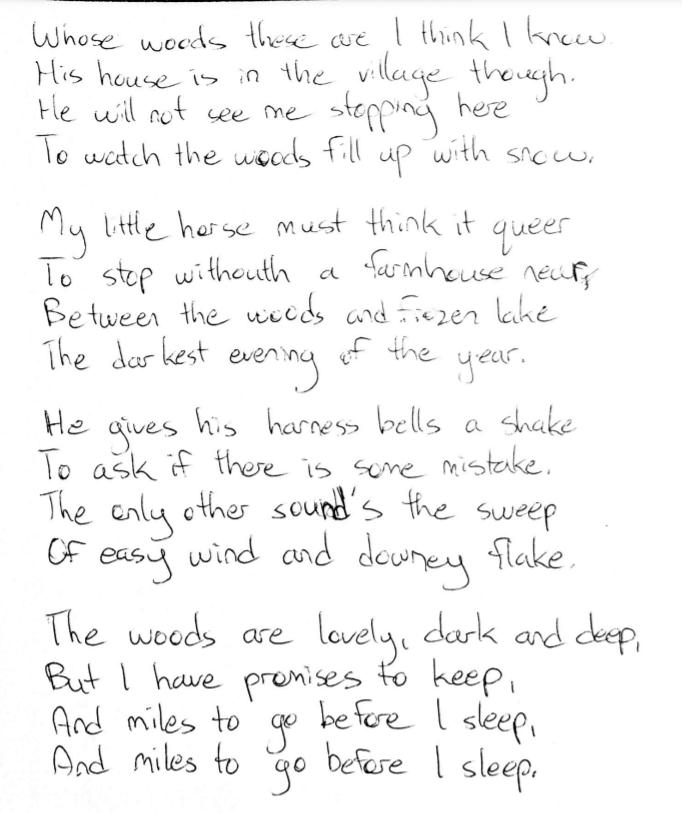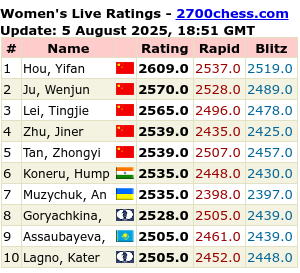On September 21st, I could only remember some lines of the poem. The ones which were most difficult for me to memorize last Friday, like the second stanza, were the easiest to recall this time around. The final stanza seemed strangely opaque, even though the last two lines did return to me after a little thought. Overall, my memorization technique of brute force appears to have been insufficient to lock the poem in mind for the long term. Thinking about the poem allowed me to recall through rhyming associations, and for some reason “easy wind” and “downy flake” emerged over time, but I had no mental structures within which to place the images. Were I to have waited longer, I would likely have forgotten much more of the poem.
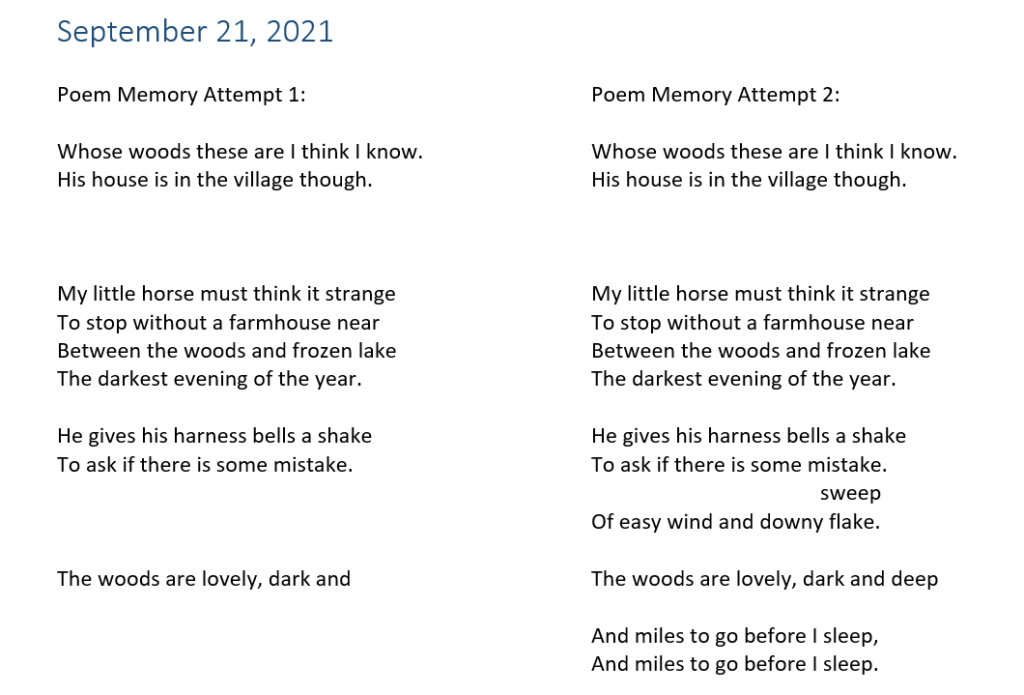
After noticing how limited my brute force techniques are, I began my first attempt with the method of loci. Following the instructions, I decided to use a building I know quite well: my workplace. Because of all the time I have spent searching for items in various nooks and crannies there, locations and pathways are easy to construct and recall in mind. For the sake of brevity, I have started with just twenty locations. In the future I plan to add more.
- Basement bathroom mirror
- Recycling room
- Parking elevator door
- Upstairs lobby sign
- Lobby bench
- Showroom front desk
- Cash tray drawer
- Showroom supervisor’s cupboard
- Hallway dead end door
- Mezzanine keypad
- Moen no-charge parts
- Delta tub spouts
- Aluminum roof stacks
- Grohe cartridges
- Shower rods in the corner
- American Standard Amarilis cartridges
- Toto Washlet adapters
- Lunchroom fridge
- Lunchroom locker
- Lunchroom television
To test how well these work, I placed the first twenty digits of pi into the locations (3.1415926535 8979323846). With each one, I used dramatic, interactive imagery to ensure that they remain vivid. For example, with the first location, I imagine bashing in the mirror with a giant, metallic number one:

I also tend to associate colours with my numbers, meaning they stand out clearly from the surrounding. Although it took nearly 30 minutes to construct the route, using it was easy. Unlike with the brute method approach, I felt generally calm as I traced the digits. Each time their images came to mind the moment I arrived at the relevant place, almost as though I were simply finding them rather than remembering them. What a breeze!


